What Are Milkweed Bugs: Is Milkweed Bug Control Necessary
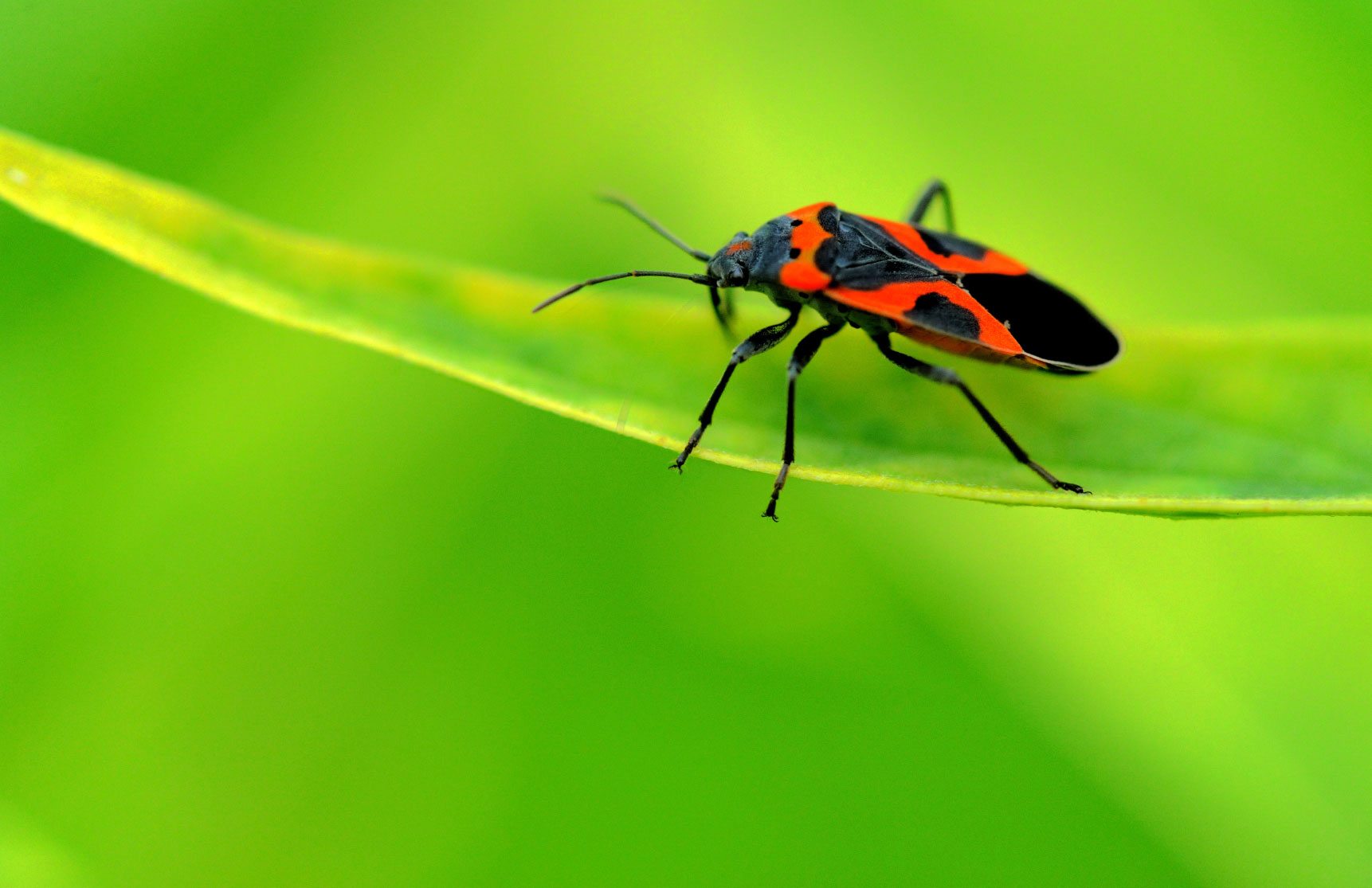

A trip through the garden can be filled with discovery, especially in the spring and summer when new plants are constantly blooming and new visitors are coming and going. As more gardeners are embracing their insect neighbors, the reflex to smash anything with six or more legs is common, but sometimes it's hard to know if a bug is one of the good guys or the bad guys.
Milkweed bugs in the garden are among those with less clear-cut loyalties. Luckily, in most cases, the milkweed bug isn't anything to worry about. Whether you're looking for milkweed bug information or just asking yourself “What are milkweed bugs?” you've come to the right place.
There's not a lot to know about milkweed bugs. The larger of them are medium-sized insects, measuring 1/3 to 3/4 inch (1-2 cm) long, and the smaller only slightly so at 1/3 to 1/2 inch (1 cm) long. Both bugs feed exclusively on seeds produced by members of the milkweed family, posing little to no threat to cultivated gardens.
You'll know milkweed bugs by their striking red and black coloration and long, pointed bodies. Small milkweed bugs bear a large, red X-shape across their backs and have two thick, segmented antennae. They may have white spots on the ends of their wings. Large milkweed bugs appear to be red in color with two black diamonds separated by a black bar across their backs.
If you encounter either of these insects, don't panic. They don't bite, have no stingers, and don't carry disease.
Milkweed Bug Control
Unless you're a milkweed plant farmer, milkweed bugs in the garden don't require any type of control. They're generally considered a beneficial insect because their feeding activity can end the life cycle of milkweed plants. This helps to control the milkweed plant, which can be invasive but is also an important food source and breeding location for monarch butterflies.
In general, milkweed bugs help gardeners enjoy the milkweed plant and the butterflies that are attracted to them without having to worry that milkweed plant may overtake their garden.
Gardening tips, videos, info and more delivered right to your inbox!
Sign up for the Gardening Know How newsletter today and receive a free copy of our e-book "How to Grow Delicious Tomatoes".
If losing too many milkweed plants to milkweed bugs is a concern, keep in mind that adding any sort of pesticide will also damage the butterflies you're hoping to protect, so instead focus your efforts on picking milkweed bugs off of plants or blowing them off with your garden hose. Shrinking their numbers can be enough to allow both milkweed bugs and monarch butterflies to peacefully co-exist.

Kristi Waterworth was a regular contributor to Gardening Know How for many years, answering countless queries on plant pests and diseases.
-
 12 Lush Alternatives To A Lawn For Sustainable Spaces
12 Lush Alternatives To A Lawn For Sustainable SpacesAlternatives to a lawn are beautiful and also beneficial to your local ecosystem and its pollinators. Explore our top picks for plants to replace grass.
By Tonya Barnett
-
 Types Of Tomatoes Explained: Explore The Many Wonderful Shapes, Colors, Flavors, & Best Uses
Types Of Tomatoes Explained: Explore The Many Wonderful Shapes, Colors, Flavors, & Best UsesThe world of tomato varieties is vast and fascinating. Learn about the key types to grow in your garden, tailored to your preferences and space.
By Amy Grant
-
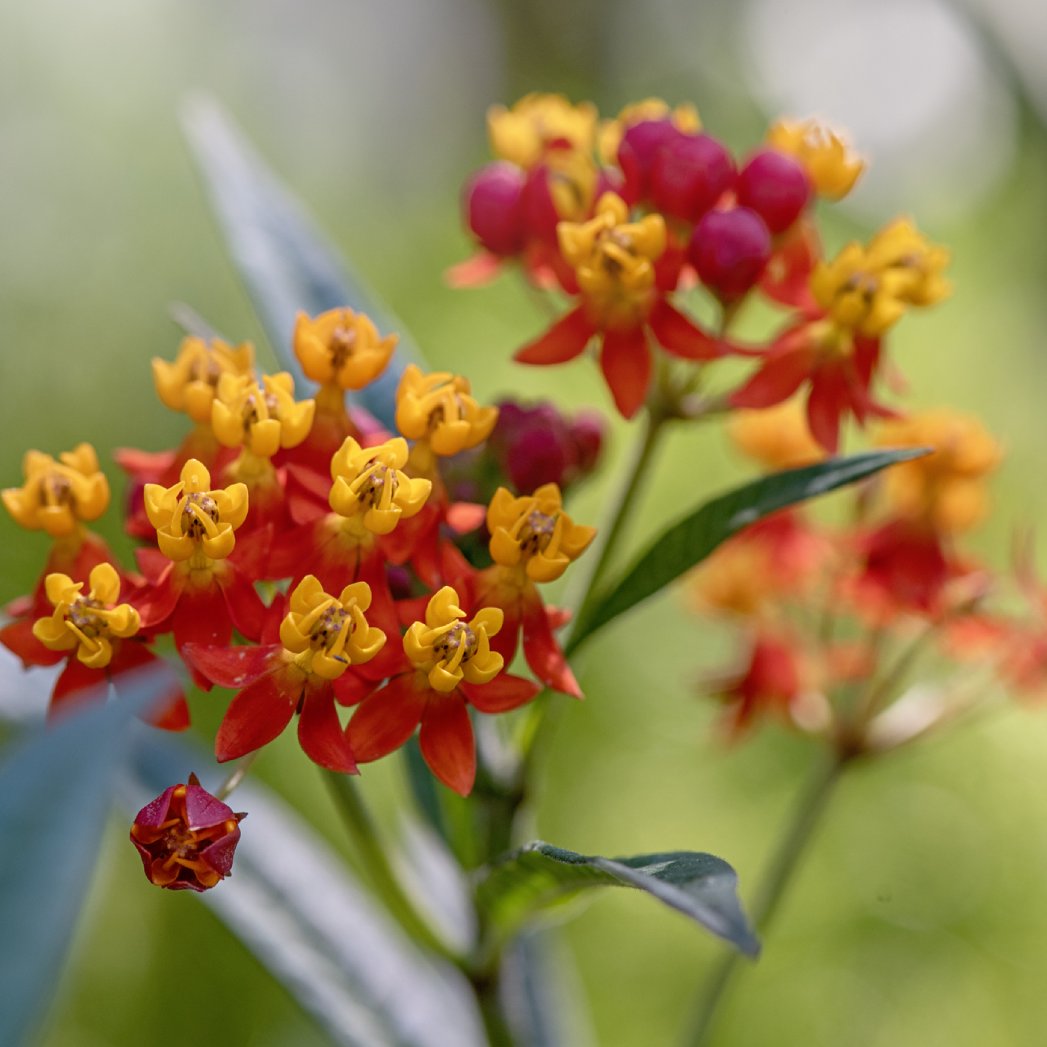 Is Tropical Milkweed Bad For Your Butterflies? What You Can Do
Is Tropical Milkweed Bad For Your Butterflies? What You Can DoTropical milkweed is a harmful plant that can trick both humans and monarch butterflies, and is contributing to declining monarch populations.
By Teo Spengler
-
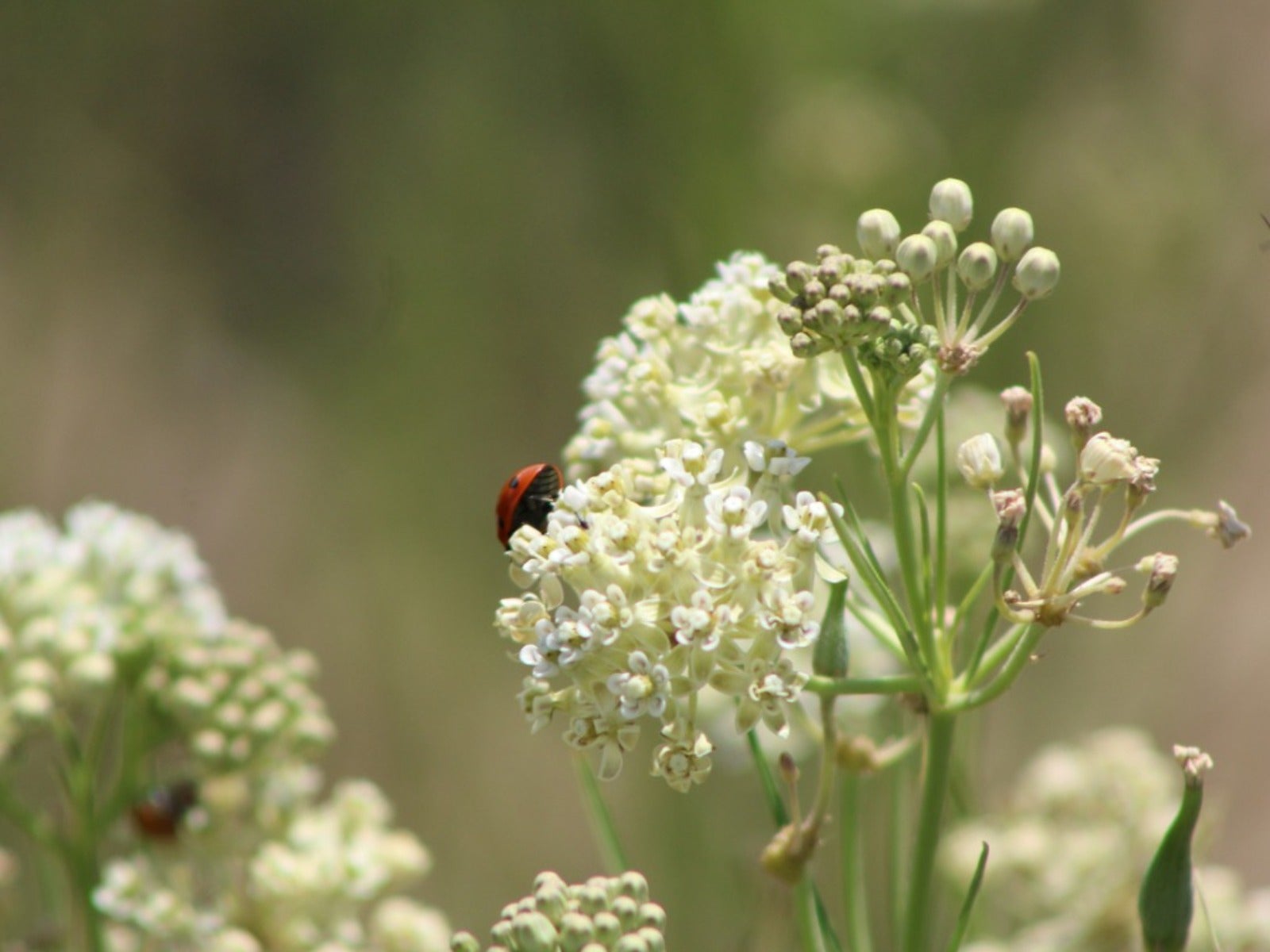 How To Grow Native Whorled Milkweed In The Garden
How To Grow Native Whorled Milkweed In The GardenWhorled milkweed is beloved by monarch butterflies, but it attracts other pollinators, too. Click to read more.
By Mary Ellen Ellis
-
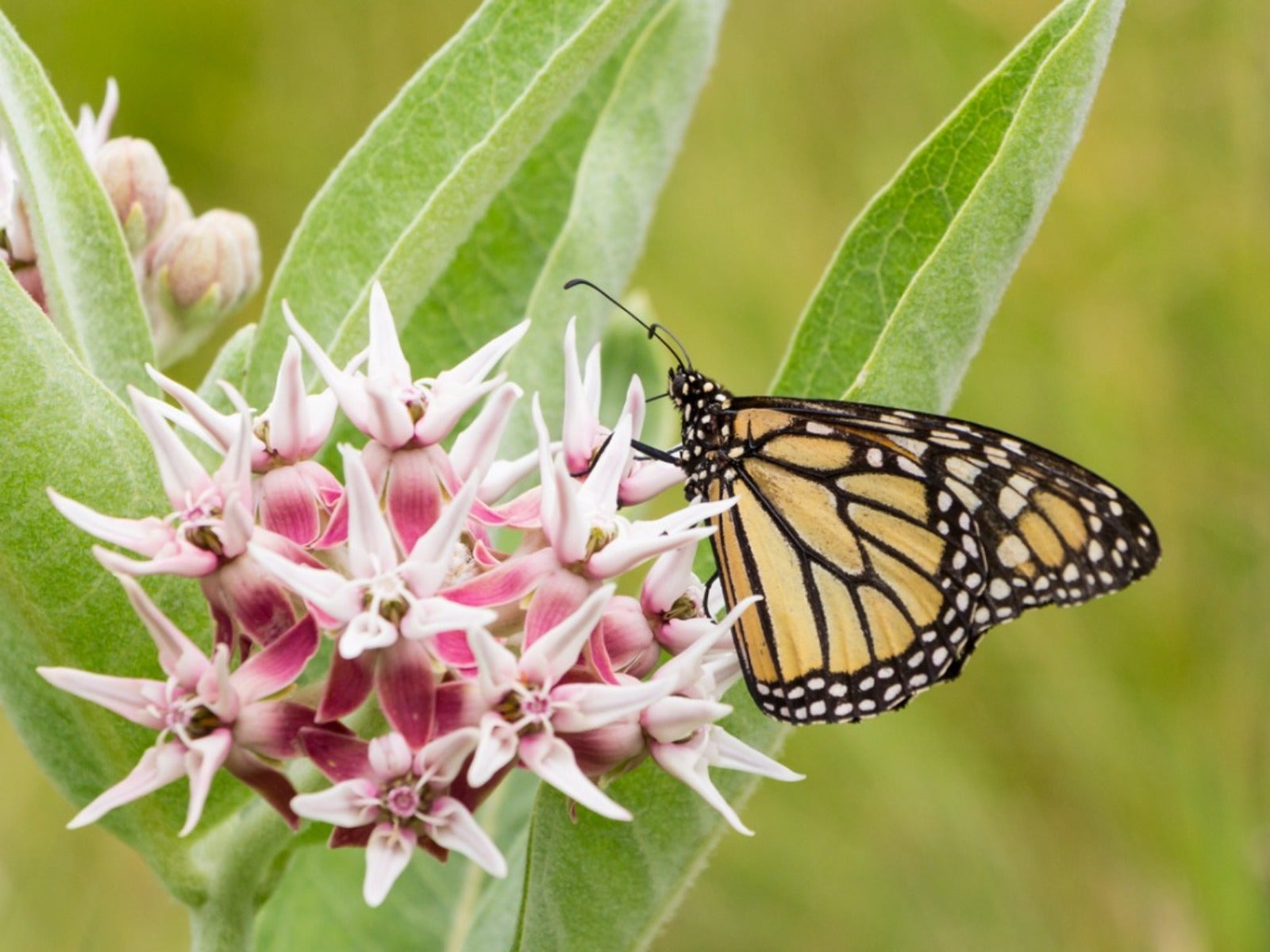 Best California Milkweed Varieties For Monarch Butterflies
Best California Milkweed Varieties For Monarch ButterfliesClick here to learn what the best milkweed varieties for California are.
By Teo Spengler
-
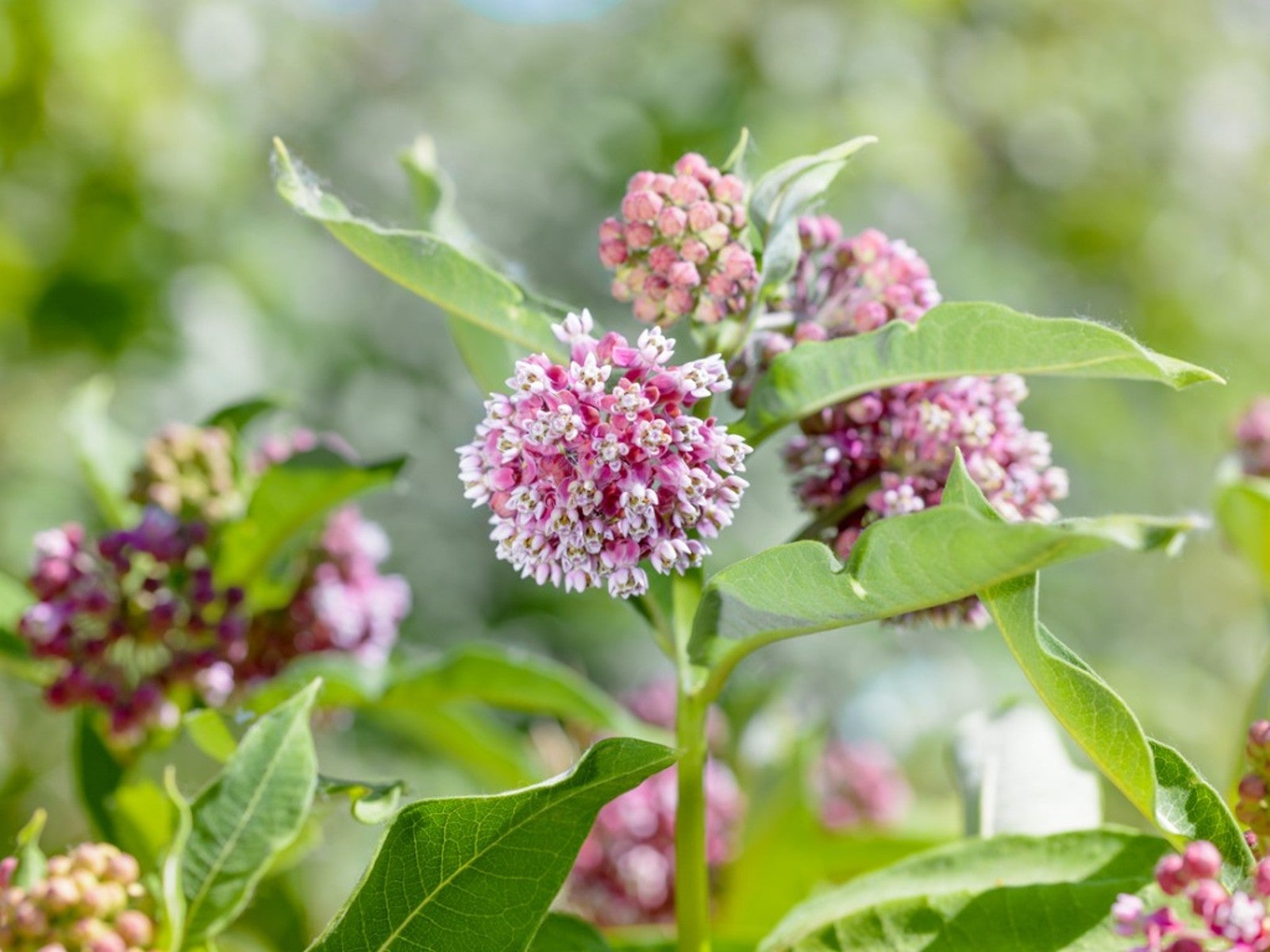 Is Milkweed Plant Poisonous To Pets, People And Livestock?
Is Milkweed Plant Poisonous To Pets, People And Livestock?Butterflies love and depend on milkweed, but the plant is toxic to other animlas. Learn about how to use it responsibly.
By Susan Albert
-
 Growing Showy Milkweed From Seed Or Cuttings
Growing Showy Milkweed From Seed Or CuttingsMilkweed is a valuable addition to gardens as a magnet for butterflies and other pollinators. Plant it from seed or cuttings, but watch out for the sap.
By Tonya Barnett
-
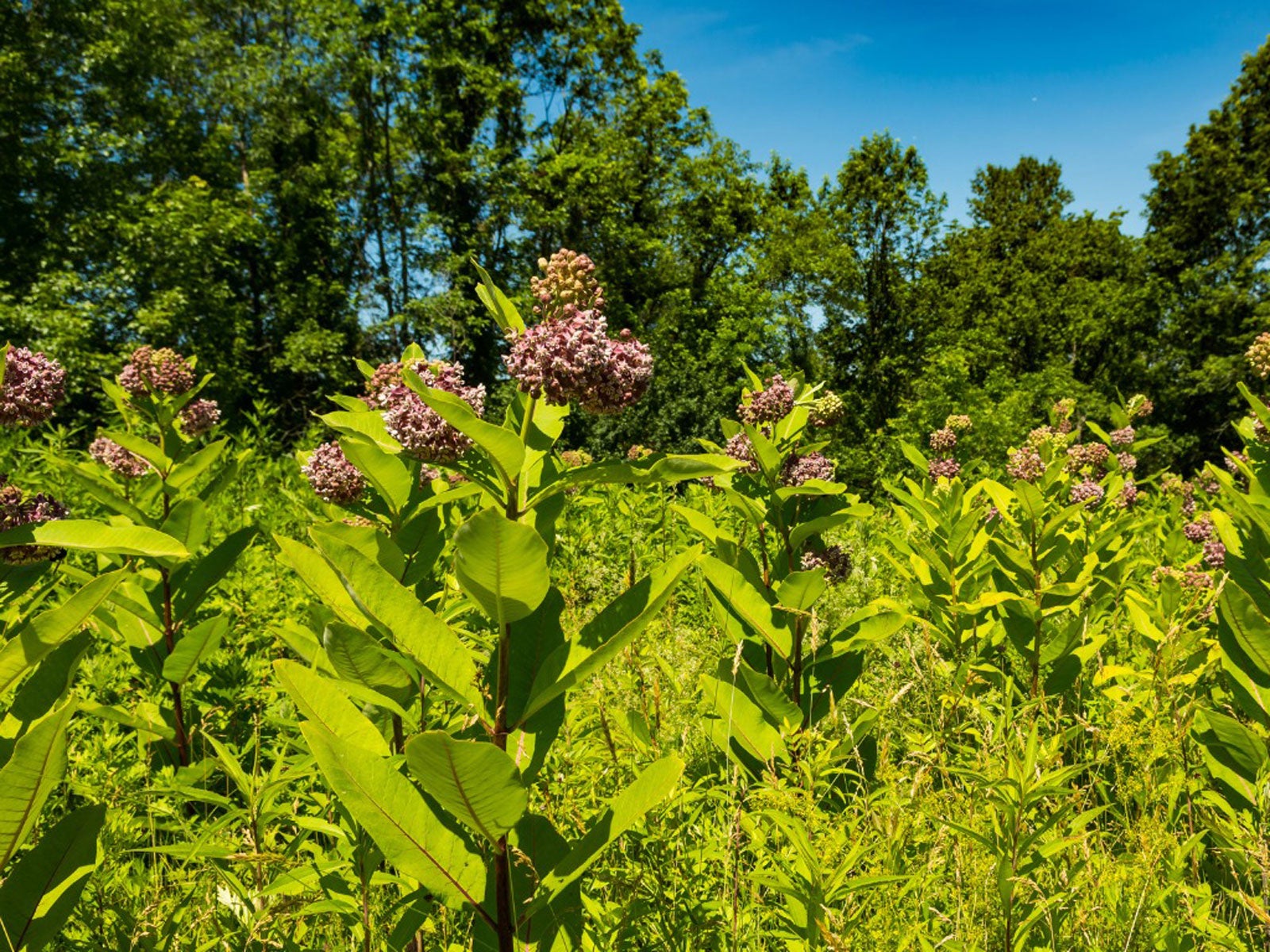 Milkweed Cutting Propagation: Learn About Rooting Milkweed Cuttings
Milkweed Cutting Propagation: Learn About Rooting Milkweed CuttingsYou may already grow milkweed if you have a butterfly garden. Starting milkweed from cuttings can increase the number of plants you have. For more information, click here.
By Laura Miller
-
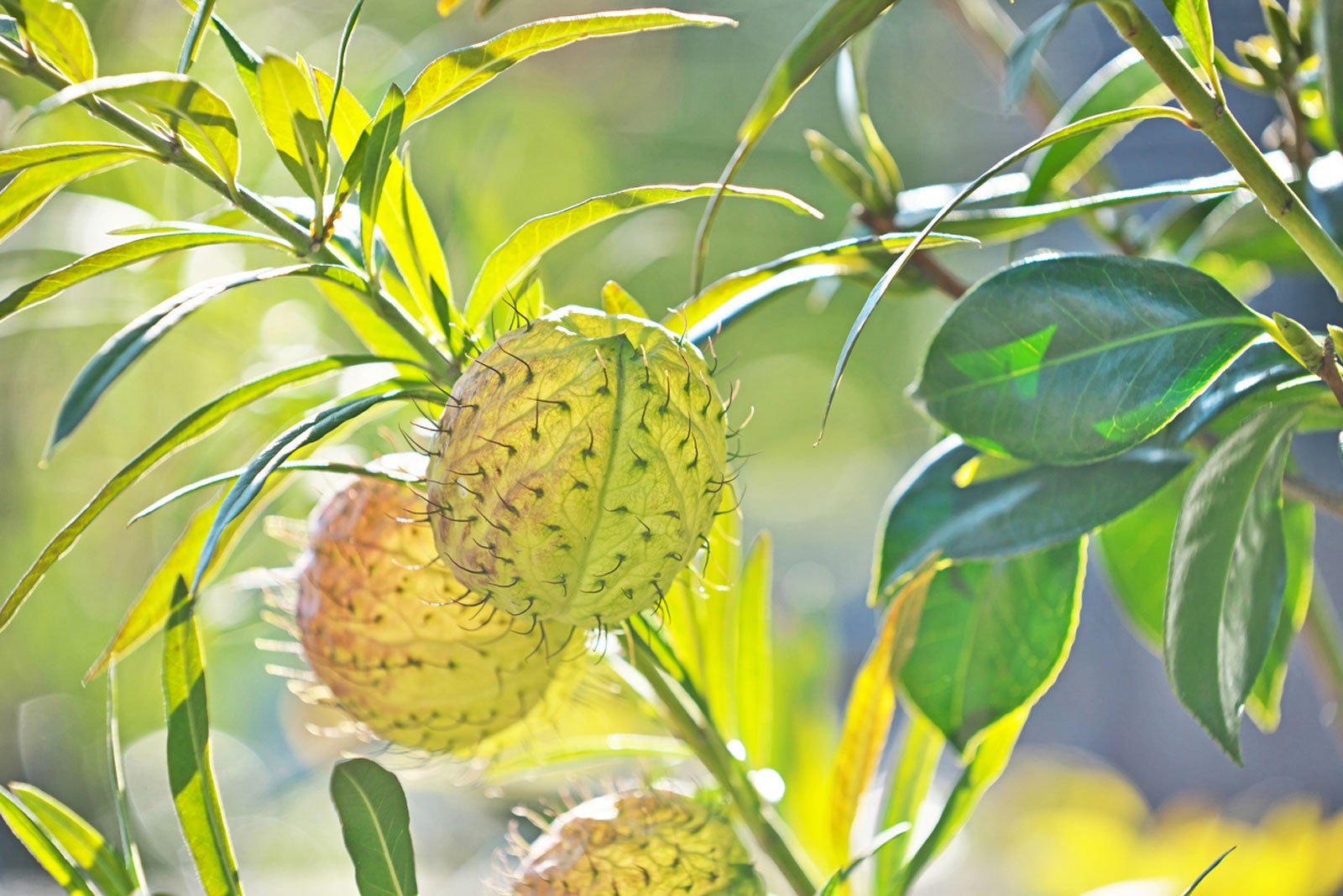 How To Grow Balloon Plants: Care Of Balloon Plants In The Garden
How To Grow Balloon Plants: Care Of Balloon Plants In The GardenLike all members of the milkweed family, the balloon plant is one of the best plants for attracting monarch butterflies. Learn more about adding the balloon plant milkweed species to your garden in this article. Click here for additional information.
By Mary H. Dyer
-
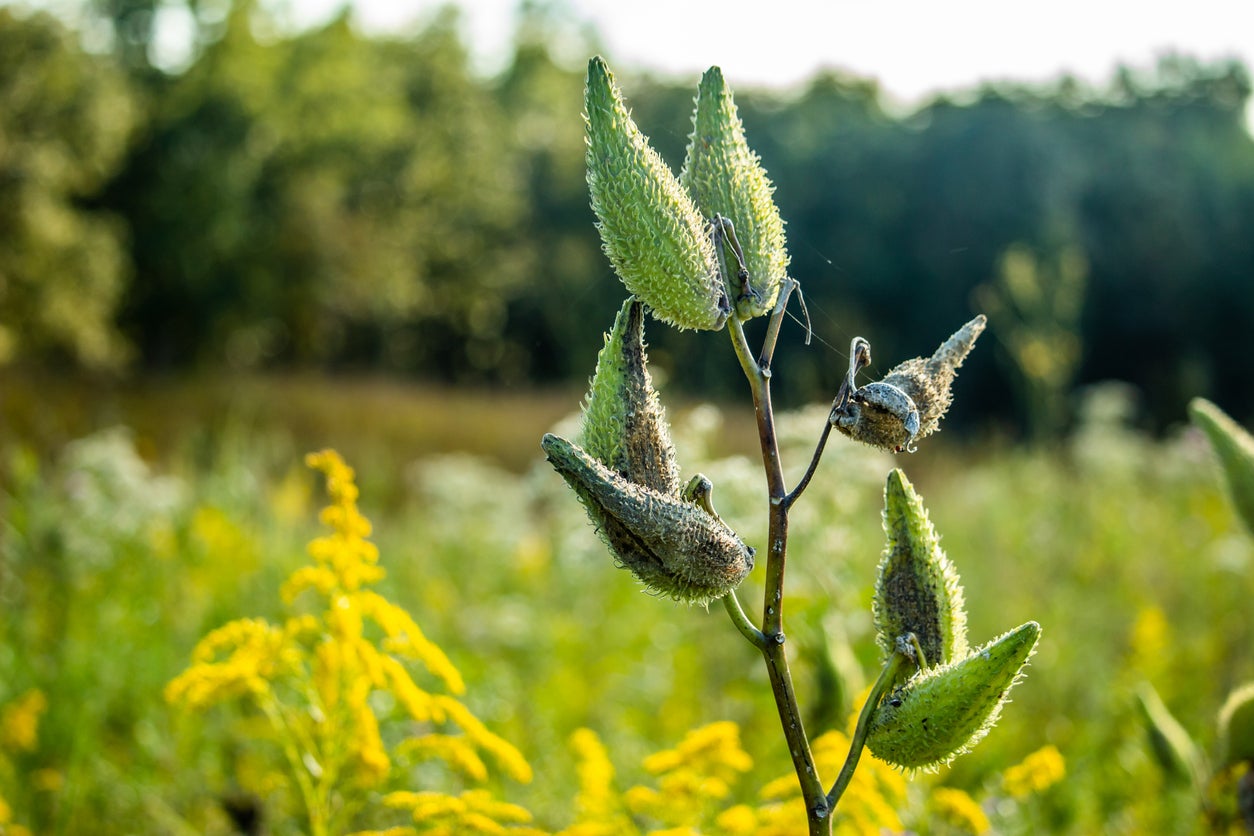 Milkweed Pruning Guide: Do I Deadhead Milkweed Plants
Milkweed Pruning Guide: Do I Deadhead Milkweed PlantsGrowing the plants will attract and feed these beautiful butterflies. But you may be asking, “should I prune milkweed.” Milkweed pruning isn’t really necessary, but deadheading milkweed can enhance appearance and encourage further flowering. Click here for more info.
By Bonnie L. Grant